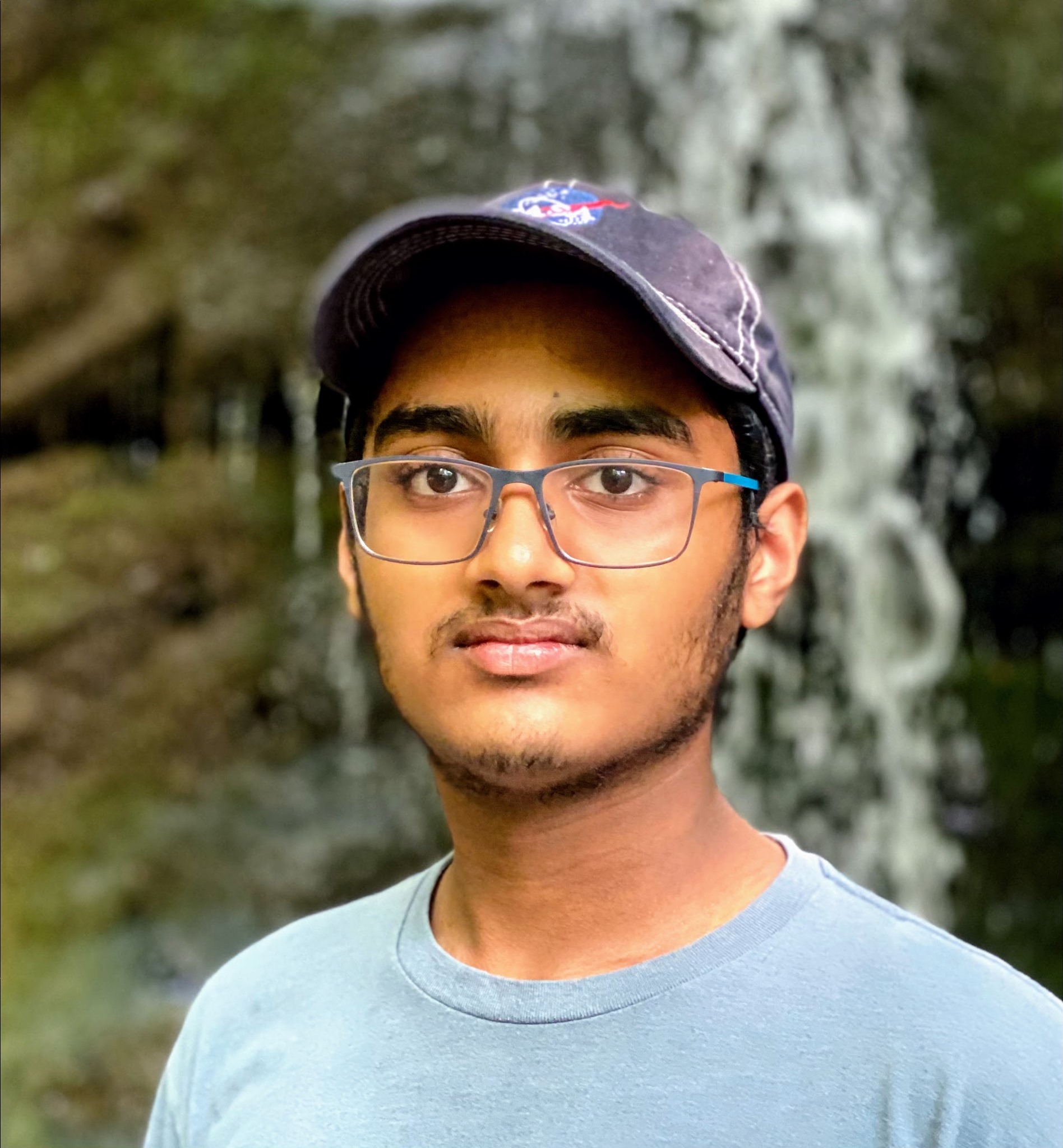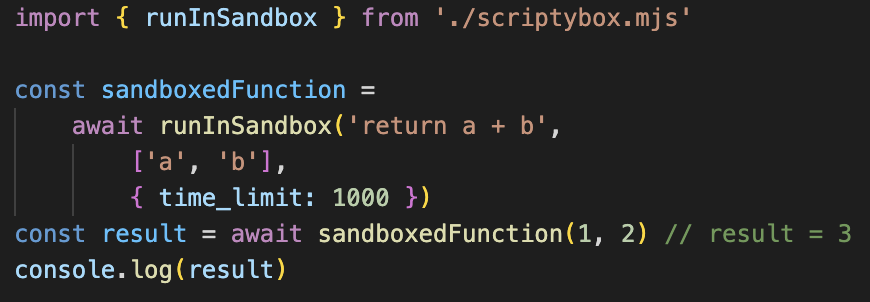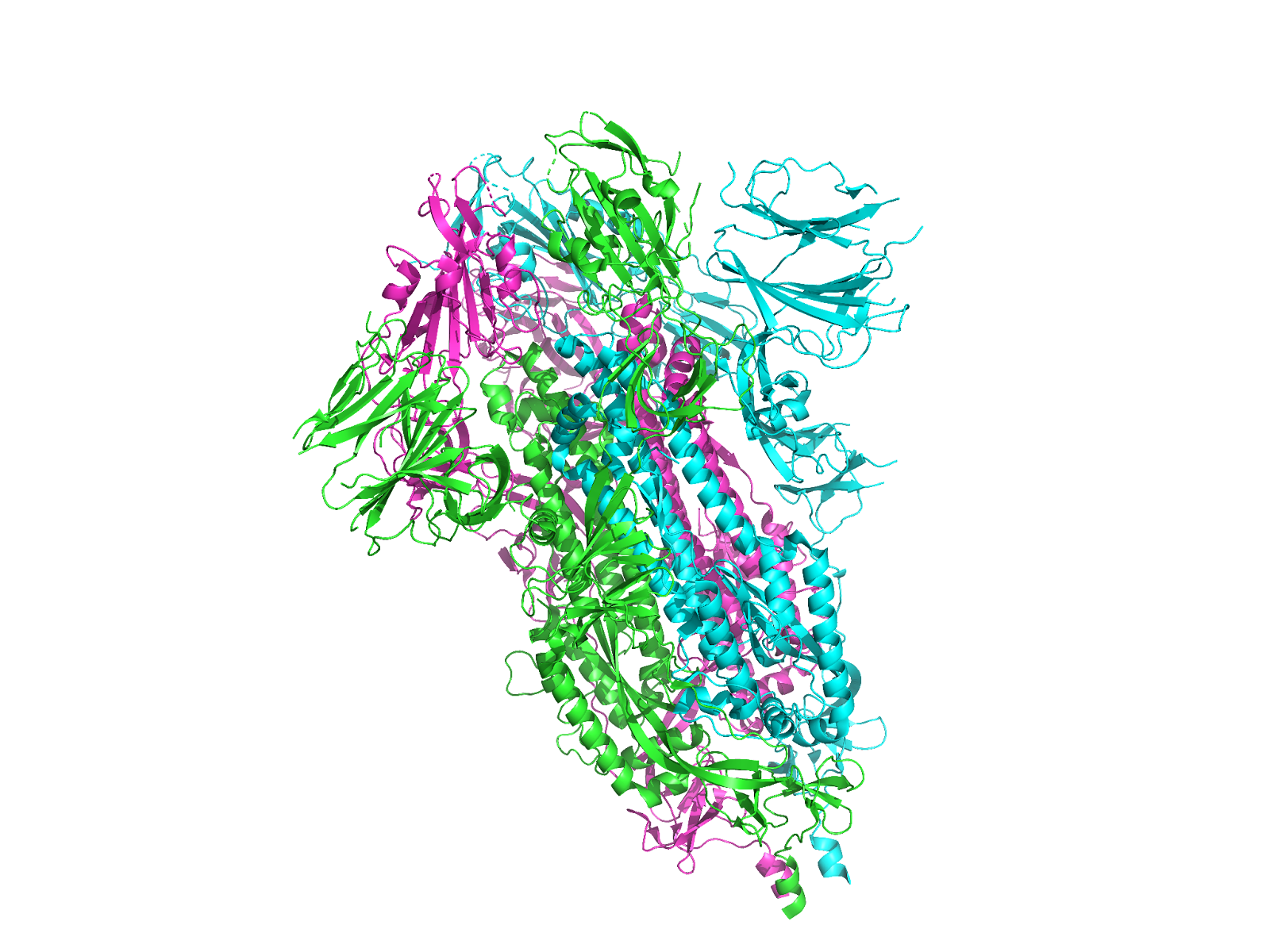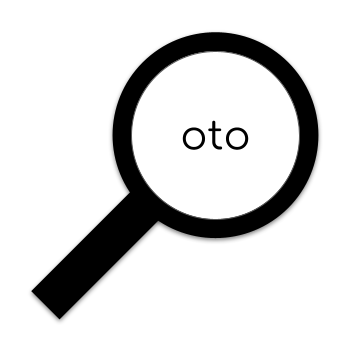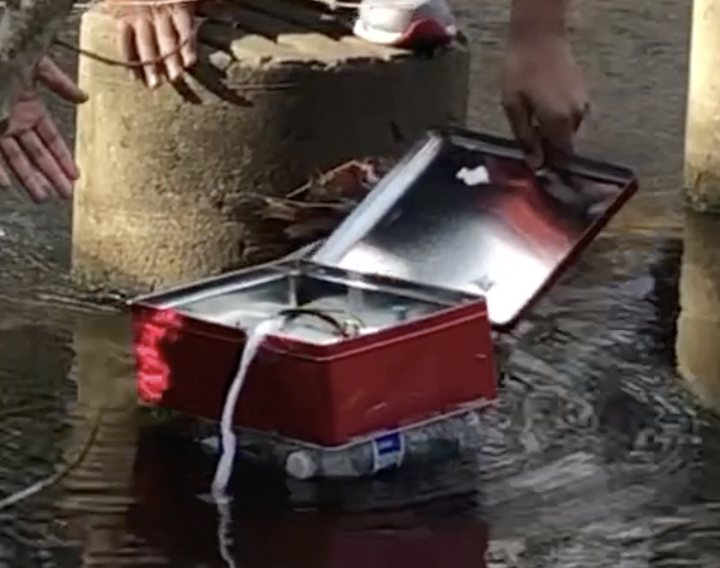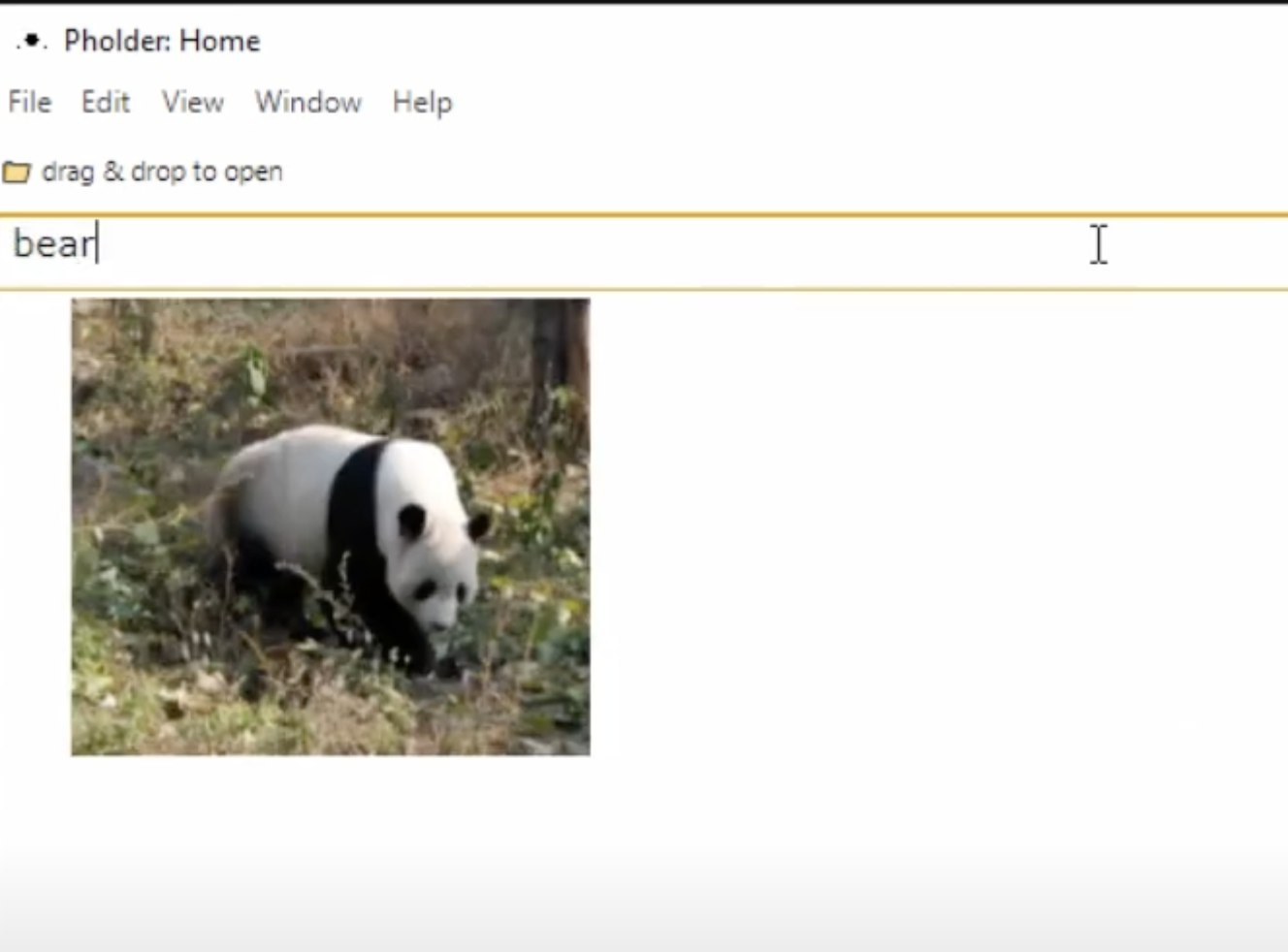About
Om Duggineni is a first-year student at the University of Maryland, College Park, and thoroughly enjoys everything science and computer science. He is passionate about the possibilities at the intersection of biology, computer science, and engineering. He is conducting research whenever possible and pursuing researchopportunities and mentorship. When he is not into science, he loves to bike, take photos with his mirrorless camera, read, ǝpoɔıun ʞɔɐɥ, sing, and vacation with family. He also likes listening to podcasts - his favorite podcast is Hidden Brain.
